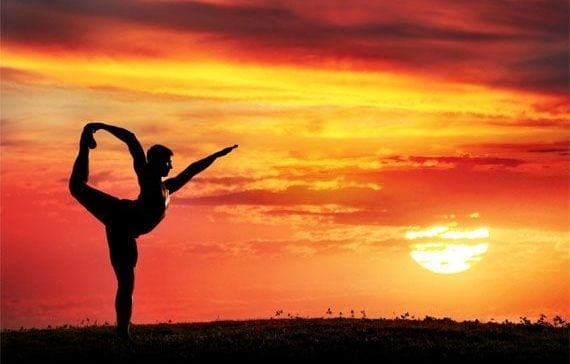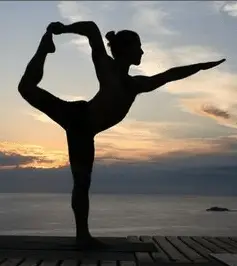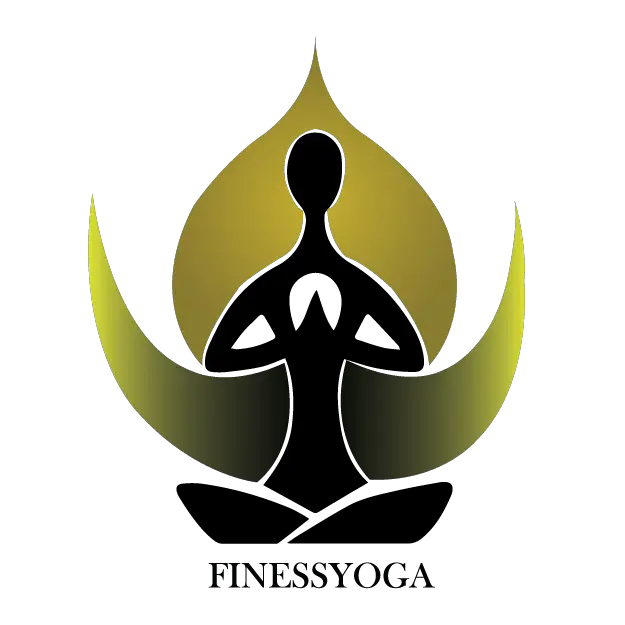Lord Shiva who is believed to be the creator of yoga is known by 108 names and ‘Nataraja’ is one of them. According to Hindu mythology, Lord Shiva as a cosmic dancer, performed a divine dance for the destruction of the weary universe to help Lord Brahma (Creator of Universe) create a new one. That is how Shiva came to be known as ‘Nataraja’ (Natarajasana) which means the king of dance.
Natarajasana is a backward bending as well as a balancing posture. It is advised to be practiced by yoga intermediates. The pose strengthens several body parts such as arms, shoulder and thighs. It brings a sense of balance and coordination in the practitioner and increases his/her concentration.

Sanskrit name Natarajasana is derived from 3 words. Their meanings are as:
Nat = Dance
Raja = King
Asana = Posture
Dance king refers to Lord Shiva and his dance symbolizes cosmic energy.
Natarajasana Steps
Starting Position: Tadasana (Mountain Pose)
- Relax the body in Mountain Pose breathing normally. Focus your gaze at a fixed point.
 Bend the right knee to raise the leg towards the buttocks. Hold the right big toe with the right hand.
Bend the right knee to raise the leg towards the buttocks. Hold the right big toe with the right hand.- Maintain your body weight on left leg. Next, raise your right leg backward as far as you can.
- While you raise the leg, rotate your shoulder so that the elbow of the right arm point upwards.
- Raise the leg till the right foot reaches near the back of your head.
- Now raise your left arm upwards keeping the hand straight with the palm facing down.
- Balance your body along while maintaining your gaze as long as comfortable, breathing normally.
- Hold the pose from 20 seconds to a minute, gradually increasing the time each day.
- Practice 2-6 times, evenly on each side by changing the position of legs and arms.
Release the pose
To come out of the posture, first lower the left arm. Next, lower the right leg and release the hold of the big toe. Place the right foot on the floor and rest the right hand by the side of the body. Take 3 slow and deep breaths. Practice again from the other side.
Practice Tips:
- Be careful not to twist your hip. The leg must be raised in the backward direction only not sideways.
- Initially, you may bend the standing leg a little at the knees to reduce the stress of weight of the body from it. With regular practice, it will come easily.
- Balancing in Natarajasana is challenging, follow the steps slowly and gently. Gazing at a fixed point will help you maintain the balance.
- Once you become comfortable in holding the pose. Try to hold the big toes with both the hands. You can also try to touch the sole of your foot to the back of your head.
- You can take the support of a wall for the hand you raise in front. As you start to balance well you will be able to practice without support.
Natarajasana Precautions
- Avoid practicing Natarajasana if you suffer from any of this condition: Severe back pain, heart problems, high blood pressure, duodenal or peptic ulcers, hernia, colitis or vertigo.
- Neither overstretch the body nor hold the pose for too long. Practice within the range of your own strength and flexibility.
Natarajasana Benefits
- Strengthens shoulders, back, legs, hips, ankles and arms.
- Stretches chest, abdomen, groin and thighs.
- Gives relief from stress and anxiety.
- Helps to attain a calms and peaceful mind and increases concentration.
- Develops a sense of balance, stability and coordination.
Stay healthy stay strong and get the best out of life.
Tell us what you think about this article using the comments section below. We welcome suggestions as well.
Recommended articles:
- Chakrasana (Wheel Pose): steps, cautions & benefits
- Matsyasana (Fish Pose) l Benefits of Matsyasana
- Vajrasana (Thunderbolt Pose) steps, precautions & benefits
- Pawanmuktasana (Wind Relieving Pose) meaning, steps, precautions & benefits
- Gomukhasana (Cow Face Pose) meaning, steps, precautions & benefits
- Kandharasana (Shoulder Pose): steps, precautions & benefits
- Shashankasana (Rabbit Pose) meaning, steps, precautions, & benefits
- Paschimottanasana (Seated forward bend) steps, precautions and benefits
Thanks for reading. Hope you visit again soon.
